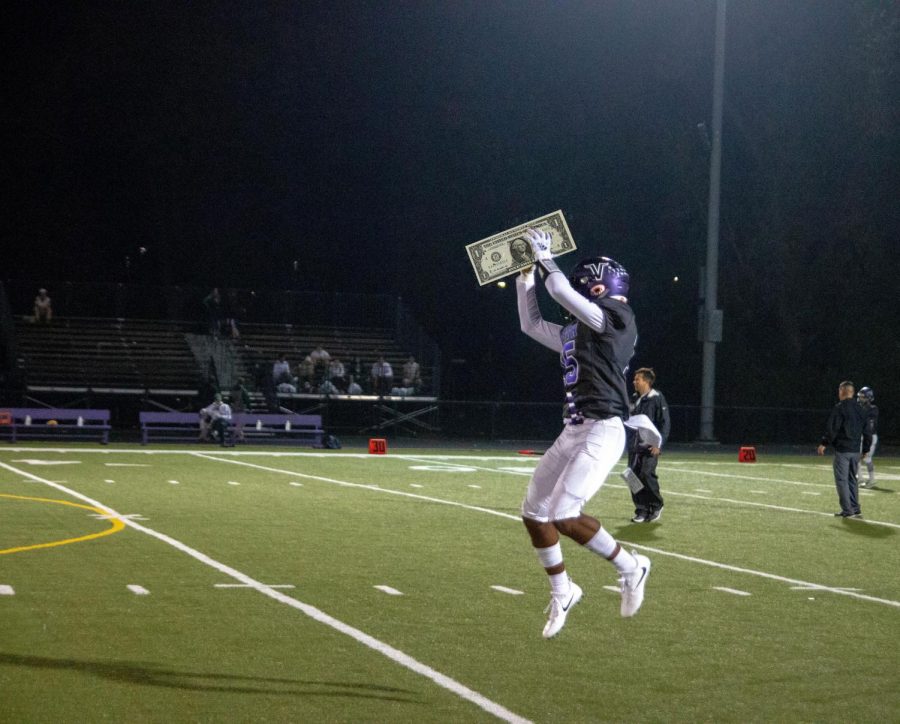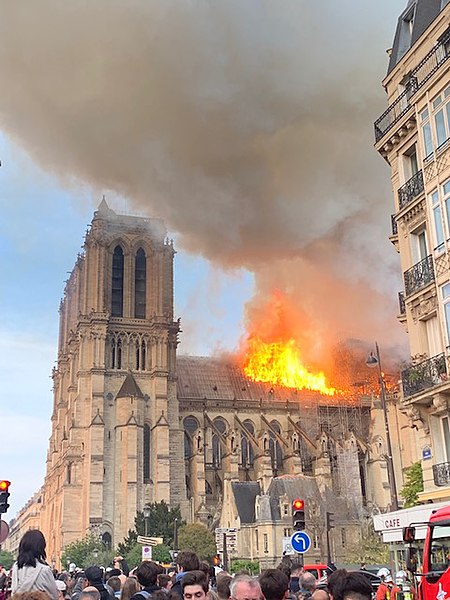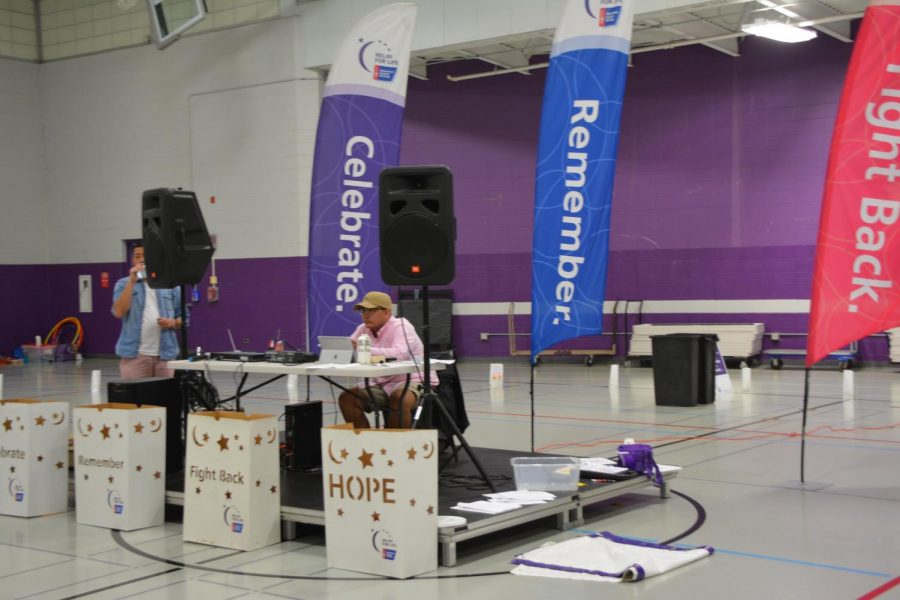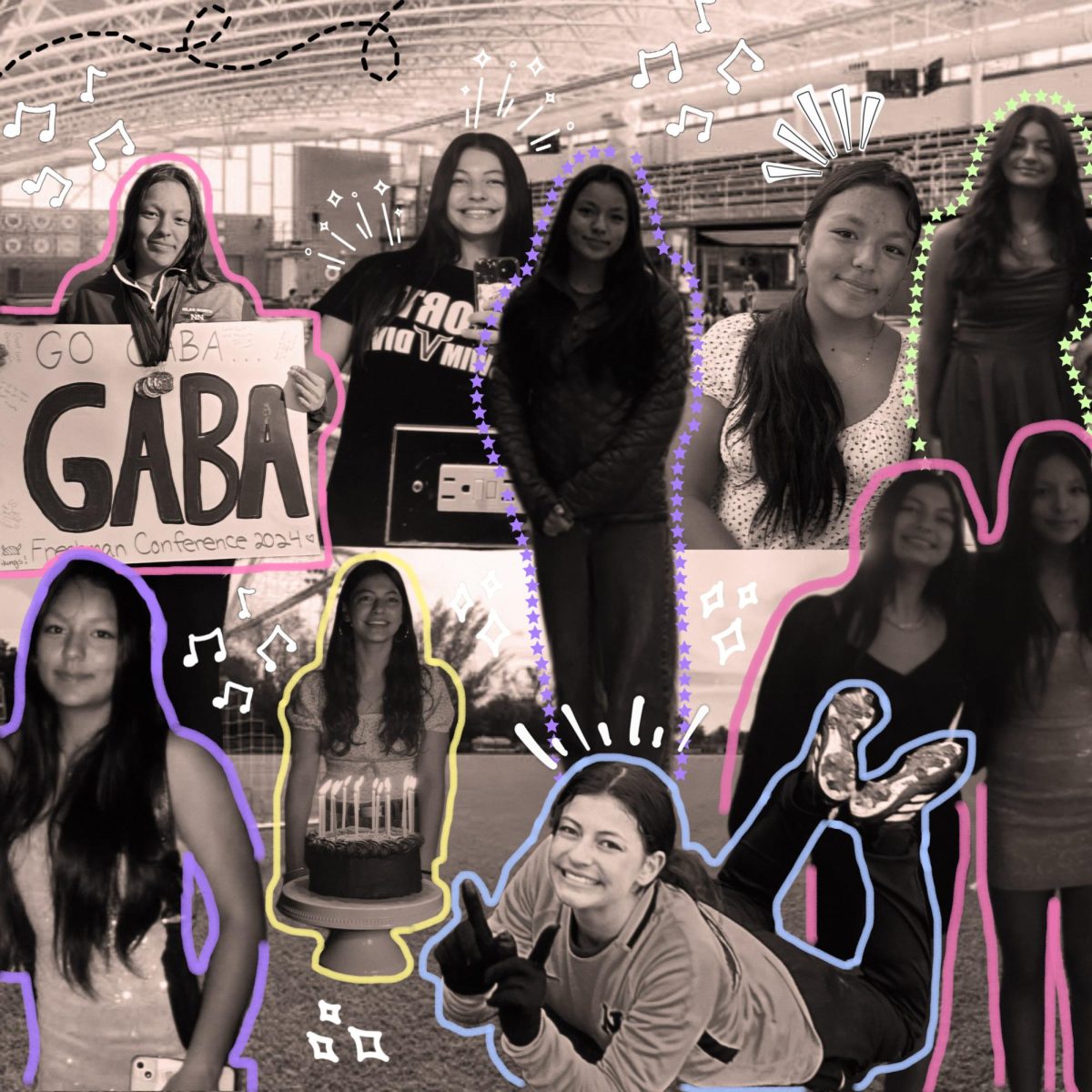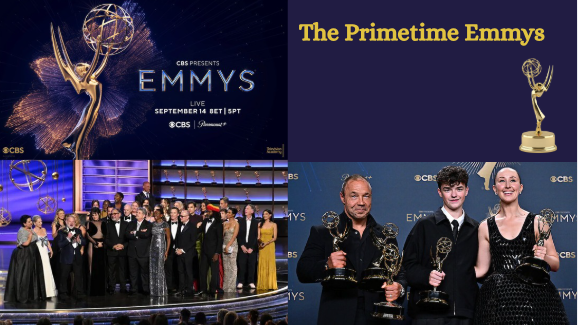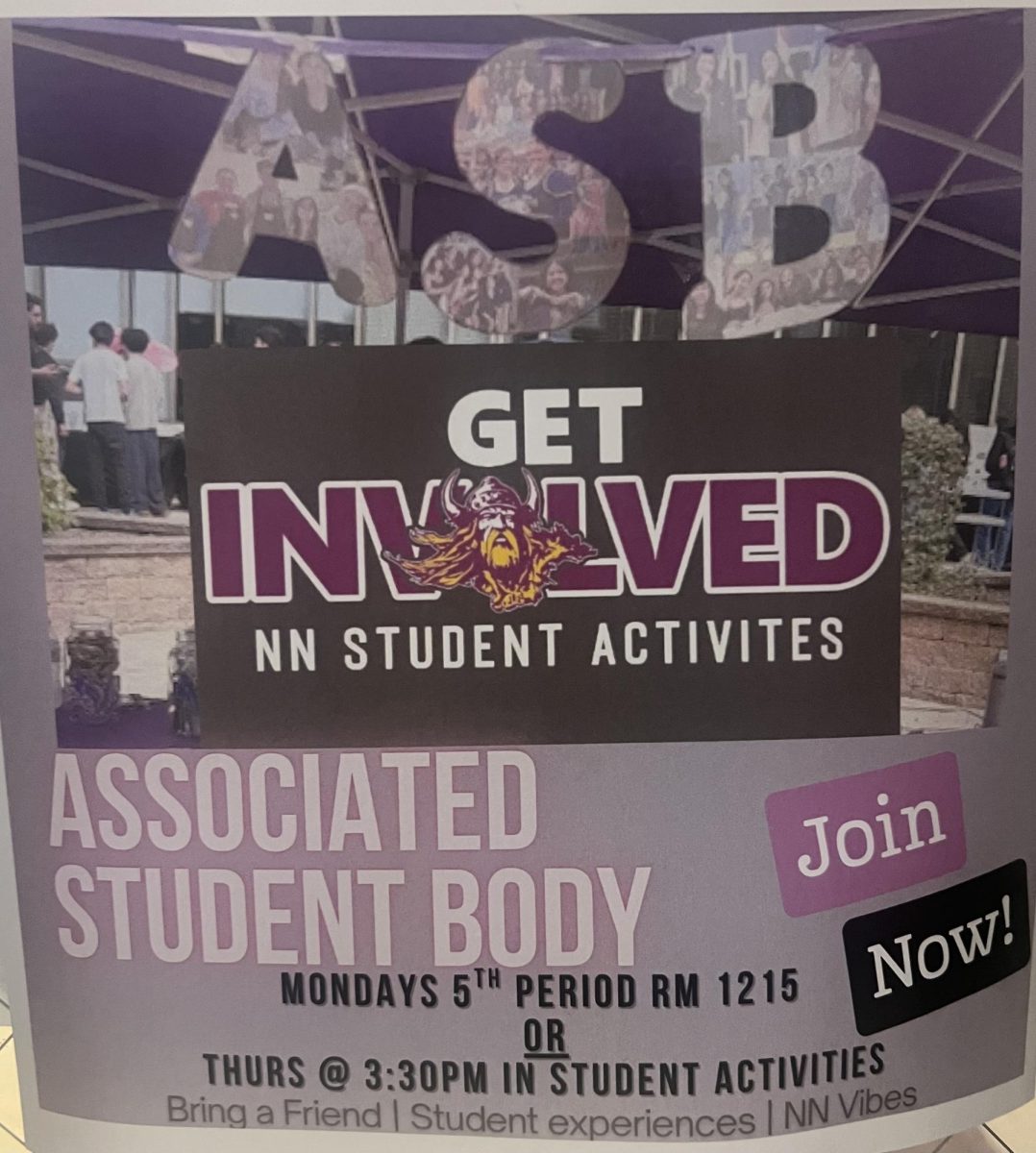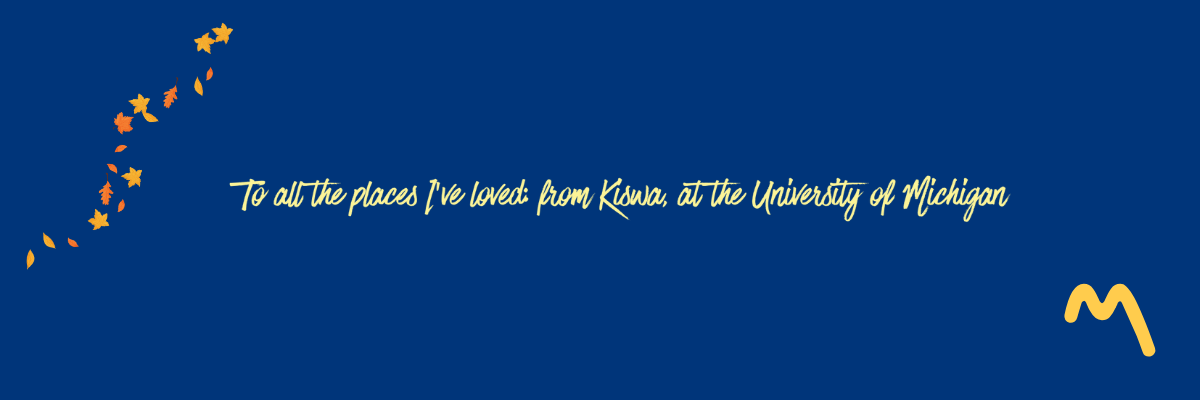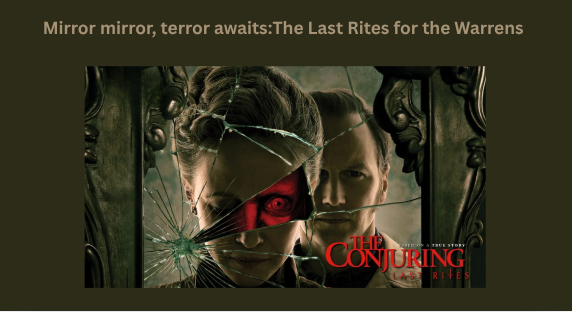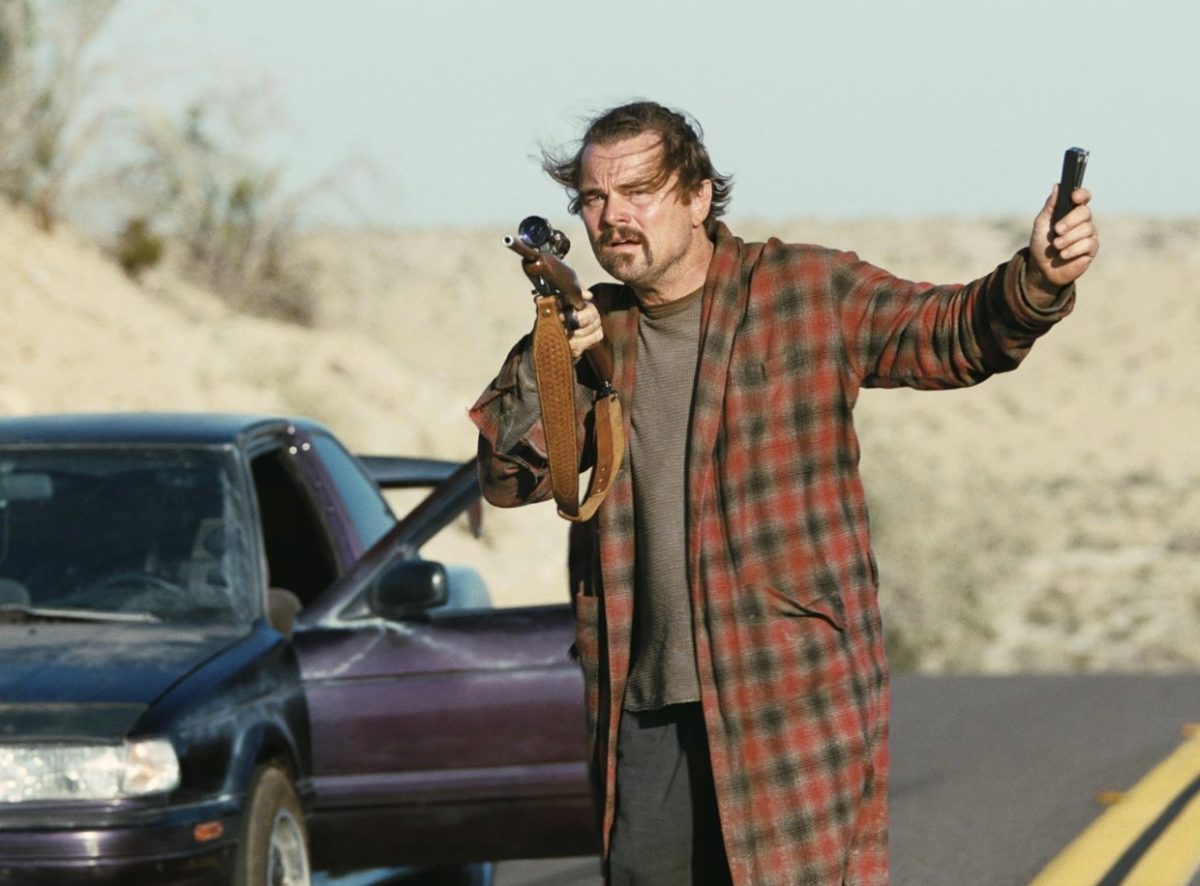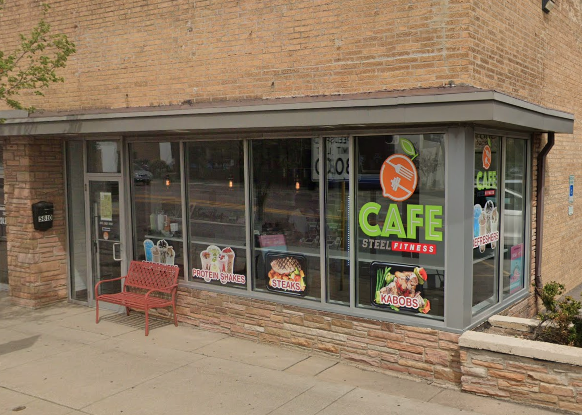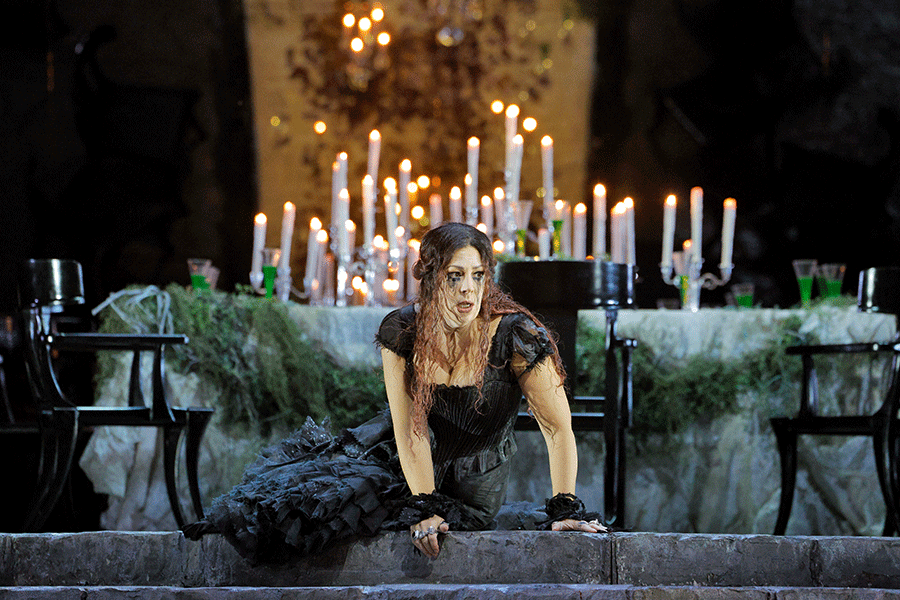“The commonality that all great cities have are its public spaces” said Ernest Wong.
Wong, of Site Design Group, designs innovative and creative parks across Chicago. He follows in the footsteps of his dad who was an architect trained by Mies Van de Rohe of Bauhaus and founder of the architecture school at IIT. These parks are in such diverse locations as Streeterville, the West Loop, the Near West Side, Belmont-Cragin, Chinatown, and Bridgeport. His parks are enjoyed and loved by the rich and the poor, and by Hispanic, Black, Asian, and White Chicagoans.
Each of Wong’s parks employs recurring themes to create unique environments. Wong uses elevation changes to create intimate spaces in public settings. Wong said “The experience of going down is really important to us. Chicago is so flat that we try to give it more topography and a different experience than the rest of the city.” Dramatic grade changes are also used to create amazing views of the downtown skyline, giving his parks the iconic Chicago feel of a movie set or fashion model shoot. Recycled unwanted materials are used to both model a conservationist ethic and to create texture and character. He employs old sidewalks to construct steps to create organic amphitheaters; repurposes old concrete foundations used as benches or to give the feel of an ancient ruin. Another feature he loves to incorporate is water. While some of Wong’s parks literally have a water feature, like a border on the Chicago River, or have sculptural arches that spray water on a hot day; others simulate water, like at the Dorchester+Housing Collaborative in Greater Grand Crossing, where he uses smooth black stones to give the impression of the calming waters of a stream.
One of Wong’s most unforgettable and beloved parks is Palmisano Park. On the edge of Bridgeport, Wong was given the assignment to repurpose an old quarry with a 40-foot deep pit and a 60-foot high scrap hill. Wong said, “We took a space that had been damaged by man made equipment, and we wanted to make sure it got restored.” Wong transformed this spent industrial blight into a magical world. Visitors can descend a stainless steel walkway through a prairie, past waterfalls, down to the bottom of the quarry, which has been turned into a fish-stocked pond. One can walk or lounge along the shore, or directly on top of the water on steel dock. From there, one can then ascend a tremendous hill, upon reaching the top, lie on the grass surrounded by submerged Buddist heads, enjoy an amazing view of the skyline. “This park is about discovery at any given point you have no idea of what is on the other side,” said Wong.
Another memorable park is Ping Tom Park in Chinatown. That made an appearance in the final episode in season six of the Amazing Race, which no one was able to find. This park runs along the Chicago River. The park has dramatic paths around small hills that create a comfortable, human scale, environment while showcasing industrial bridges, the skyline, old factories and the river. There are even intimate spaces under a bypass to do tai chi or boxing. Wong said, “In doing Ping Tong park I discovered my Chinese heritage, through learning how classic Chinese parks are built.”
My favorite Park is called Park 574. Despite this park’s uninspired name, it is designed for lots of fun and contains interesting parts that are enjoyed by all. It has a playground built into the side of a 50-foot hill with long slides, things to climb on, and a zip line. On the other side of the hill, there are places to relax and sit with friends and family. This cute park located on the Near West Side is an amazing place that gives the community kids a wonderful place to enjoy.
Wong’s parks are special because they are built as dramatic yet blank canvases that all communities in Chicago can shape to their needs and enjoy. His parks are iconic and reflect the greatness of Chicago. Wong has been commissioned to be the landscape architect for the Obama Library in Jackson Park. When I asked for information about this new park he said,”One thing engrained in the project is the connection to the neighborhood and the people’s history.” and I am positive that he will use this opportunity to demonstrate the uniqueness of Chicago to the world.





